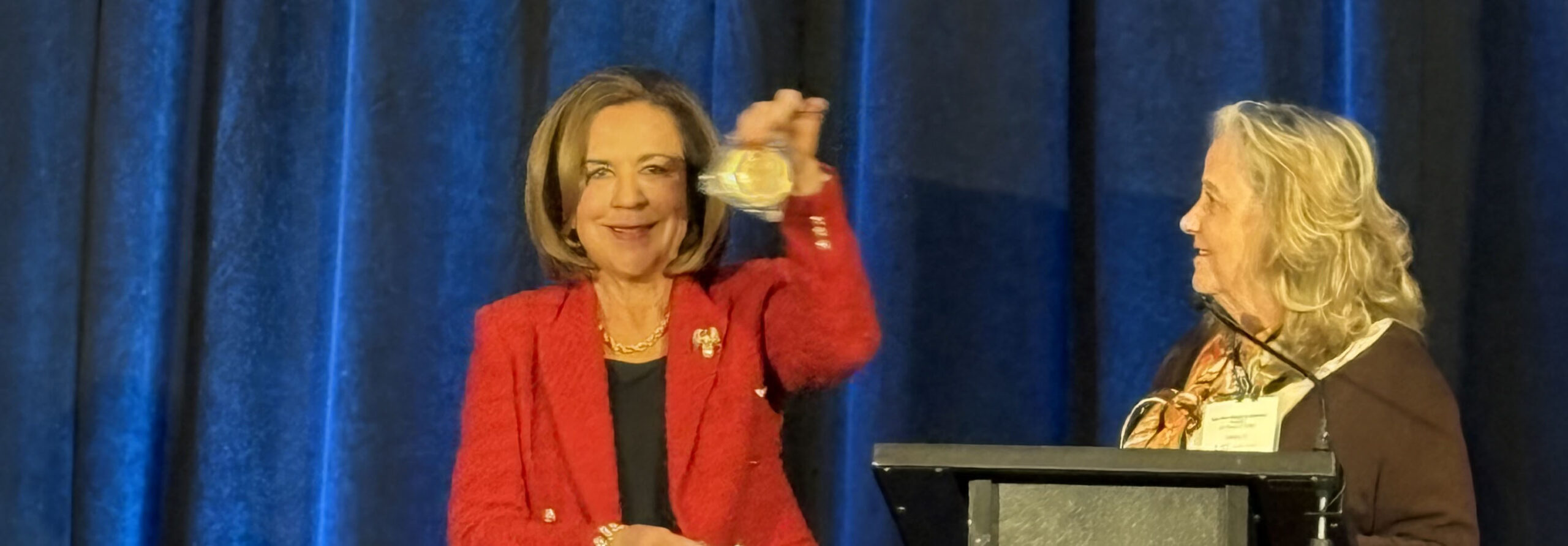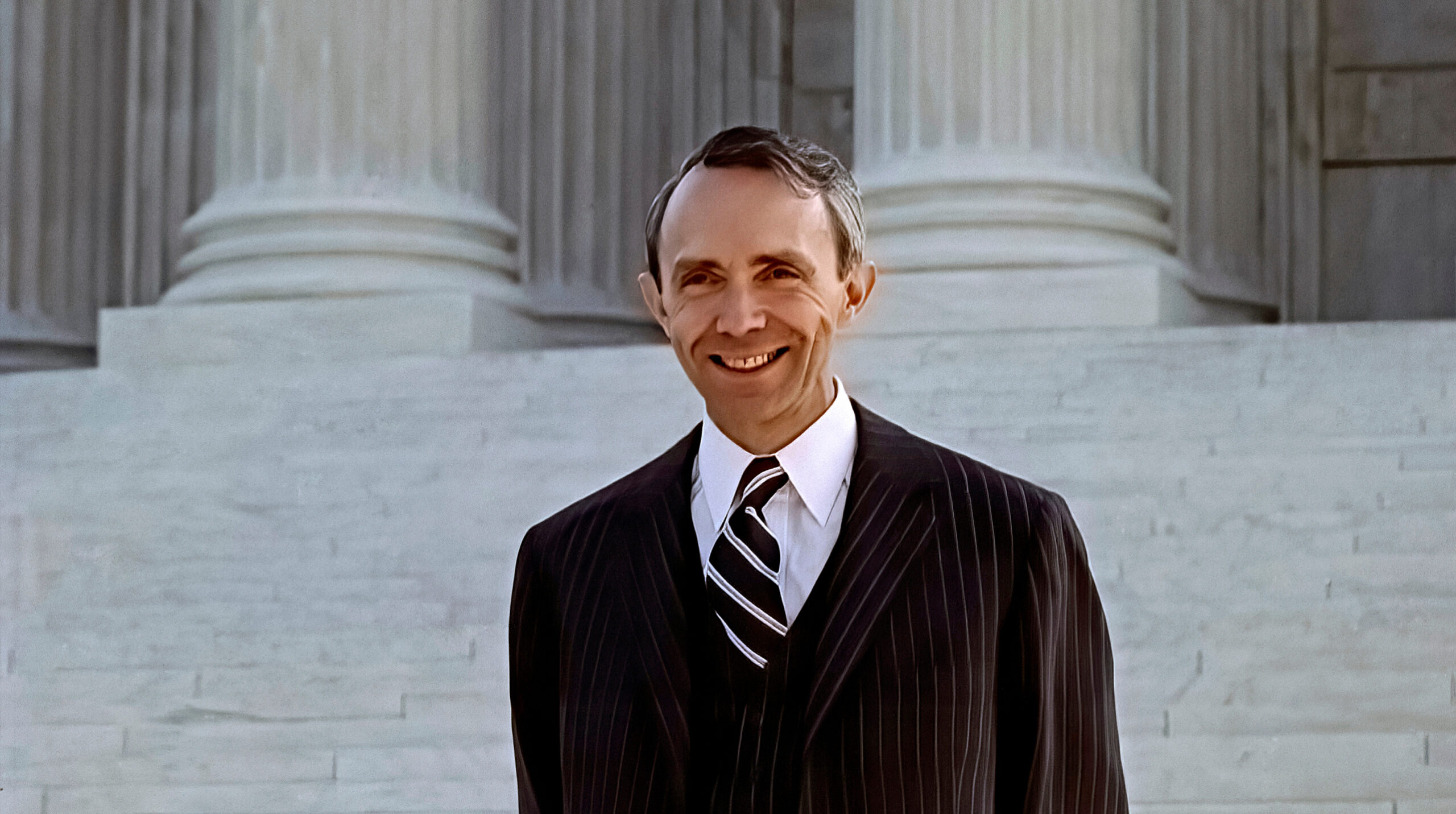

Do’s:
1. Speak in soundbites
If you want to get your message across, be the master of making your point in 10 to 15 seconds. There once was a time in television news when interviewees were allowed to speak for 30 to 45 seconds or even longer. That time frame has decreased to keep pace with viewer attention spans that are shorter and shorter – or at least are perceived by the media to be such.
2. Be helpful to the reporter
Any local reporter (e.g., the courthouse
beat reporter) conducting an interview will be less likely to throw you
under the bus if you have taken the time to be friendly and helpful. For
example, when there is a new courthouse reporter, invite him or her
down to the courthouse to explain procedural law (they get no such
education in college).
3. Make your own recording
Radio and television reporters always will record the interview; nowadays print reporters often do as well. Ostensibly, they do so for accuracy, but misquoting and/or mischaracterizing is legendary, so the remedy is to make your own recording for purposes of powerfully correcting the record. No need to do so surreptitiously; just announce when you turn on your cellphone recorder that you want to make a record of the conversation. This has many benefits, including causing reporters to be more careful.
4. Pick a location you can control
If an interview goes awry for whatever
reason and you get put on a spot you don’t deserve to be, you may want
to simply get up and leave the interview in a dignified way. Don’t do
the interview in chambers; the courtroom gallery works much better.
Remember that the public holds judges in much higher esteem than it does
reporters.
5. Understand that the editor, not the reporter, will decide what airs
Remember that the reporter’s question likely won’t be aired. There are thus myriad opportunities for what you say to be taken out of context to the point of downright misquotation or mischaracterization. This is another reason to stay unambiguously on point.
Don’ts:
1. Don’t assume the media world is your world
The biggest mistake judges make doing media interviews is assuming they are still in their robes and on the bench. In that environment, you are in complete control. When you step out of the robe and speak into a reporter’s microphone, the tables are turned. They may be contemptuous, but you can’t hold them in contempt. They have the potential of holding you up to public ridicule.
2. Don’t ramble
Interestingly, interviewees seem to think they can ramble on in their answer because the reporter rambled on the question. Often this is done to lull the interviewee into a false sense of security. The more you go on and on, the more fodder the storyteller has to make the story come out the way the reporter wishes. Of course, that’s not the way real journalism should work, but….
3. Don’t allow yourself to be put in a position where you can’t walk away
For example, if it is a sit-down interview, the broadcast reporter may ask you to run a lavalier microphone up the inside of your shirt/blouse and attach it to your tie or blouse collar (because, you will be told, it looks better that way). But when you desire to end the interview on your own terms, the video on the six o’clock news of you trying to rid yourself of the microphone will not please you.
4. Don’t try to educate the interviewer
This is the “Morley Safer Seduction” technique. He would ask a question, and the interviewee would answer. During the answer, he would scratch his head slightly and furrow his brow to make you believe he was ignorant of – nay, downright dumb – concerning the whole situation. Then the interviewee (at least eventually) would take the bait and go into an explanation the interviewee thought a third-grader would understand. And that’s precisely what he wanted. Long, drawn-out answers make the editing room a delightful place for a reporter trying to make a point. Yes, reporters should not be trying to make points, but….
5. Don’t look directly at the camera
Only anchorpersons and advertising spokespersons look directly at the camera. For everyone else, including interviewees, the camera should be considered an unseen third party. It is unnerving to viewers to be looked at directly by interviewees because, though they likely haven’t thought of it this way, viewers enjoy being the unseen third party getting to listen or look in on the action.

The National Judicial College has awarded Missouri Supreme Court Judge Mary Russell with the Sandra Day O�...

Emeritus Trustee Bill Neukom (left) with former Board of Trustee Chair Edward Blumberg (right) at the NJC 60...

The National Judicial College, the nation’s premier institution for judicial education, announced today t...

The National Judicial College (NJC) is mourning the loss of one of its most prestigious alumni, retired Uni...

As threats to judicial independence intensify across the country, the National Judicial College (NJC) today...